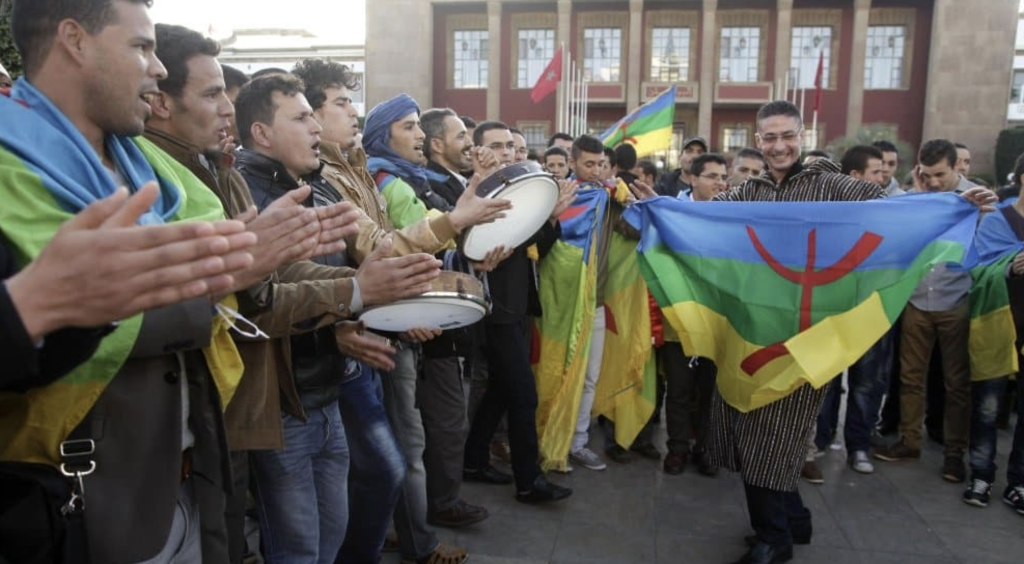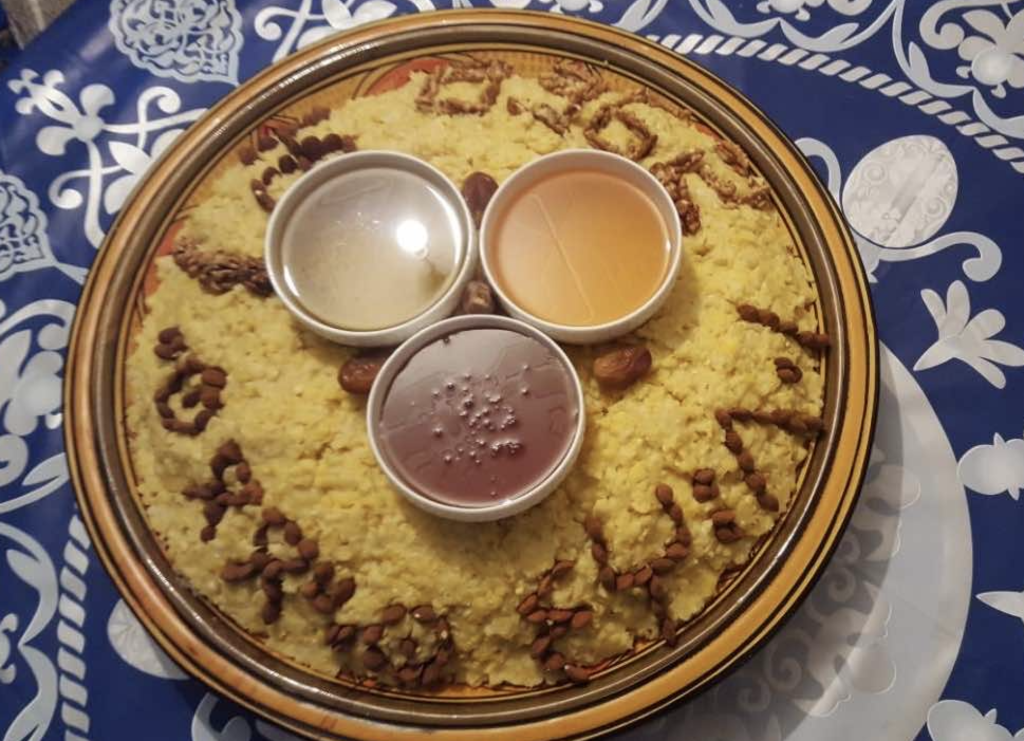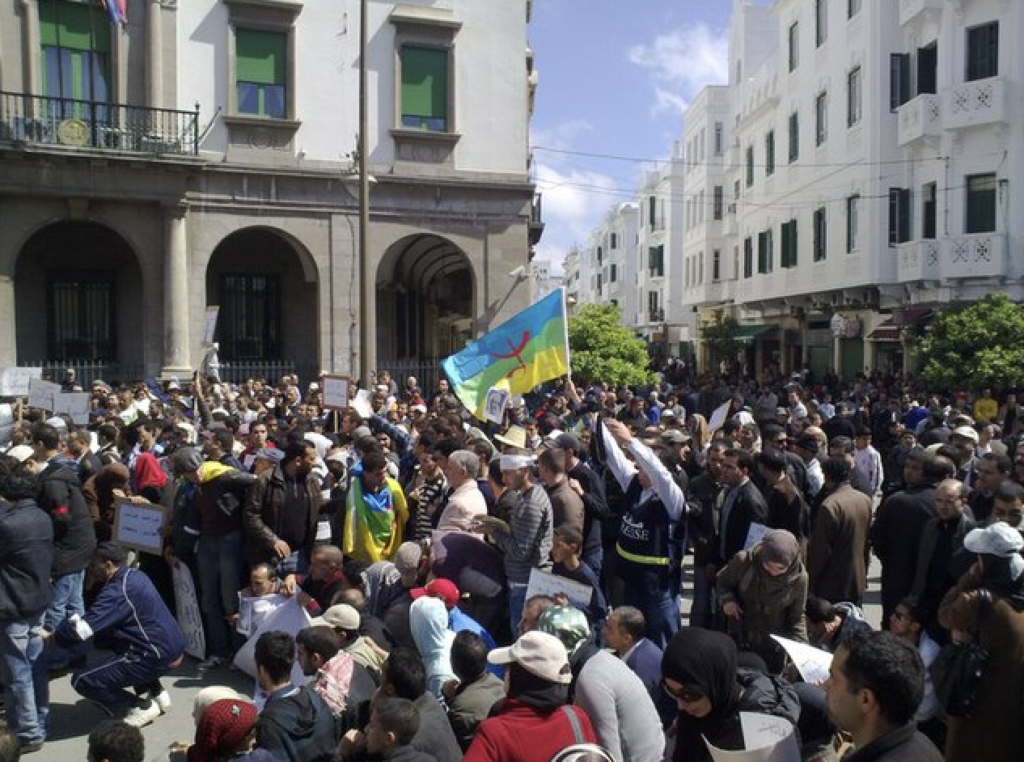Yennayer, Amazigh New Year in North Africa

By: Maryem Bouatlaoui / Arab America Contributing Writer
The Imazighen of North Africa
On January 12th, millions of Imazighen will be celebrating, Yennayer, the first day of the Amazigh calendar.
The Imazighen are the indigenous people of North Africa, a majority living in Morocco, Algeria, Tunisia, and Libya. Nearly 30 million Imazighen live in North Africa with 20 million living in Morocco. The Imazighen speak their distinct indigenous language, Tamazight.
Origins of the Amazigh New Year

Yennayer is the first day of the Amazigh calendar, the term deriving from the Tamazight word “yan” meaning one, and “ayyur” meaning month. The Amazigh calendar was created in 1980 by Ammar Negadi, a 20th-century Algerian Amazigh scholar and activist. The concept of the Amazigh calendar came as Negadi’s pan-Amazigh initiative to mark the beginning of Imazighen’s history. Negadi decided to choose the Gregorian year 950 B.C. which corresponds with the year when the Amazigh king Shoshenq ascended the throne of Egypt. Shoshenq was one of the most prominent Amazigh figures in North African history, symbolizing strength, power, and indigenous authenticity. This year will mark the 2974th Amazigh year.
Some say that the celebration of Yennayer preceded the formalization of the holiday in 1980. Amazigh folk stories recount that Amazigh families would celebrate the new year with cultural rituals emphasizing motifs of rebirth and rejuvenation.

Traditional foods play a significant part in the celebration of Yennayer. On the first day of the year, observers of Yennayer typically prepare a semolina porridge called tagula. The next day, the traditional North African dish couscous is prepared with seven vegetables. The third day’s meal traditionally consists of chicken.
Amazigh Indigenous Social Justice

Yennayer has become a symbol of rejuvenation, new beginnings, and longevity and has thus become the month in which Amazigh families choose to host celebratory events such as weddings. Amazigh farm owners also practice initiation rites to ring in a prosperous year of agriculture.
The recognition of Yennayer has not only become a cultural holiday for the Imazghen but also a symbol of social justice and indigenous rights. The indigenous fabric of the North African population has been torn for centuries by years of colonization, war, and globalization. Amazigh scholars and activists have been uplifting the presence of the indigenous population in North Africa and across the world. Scholars Fatima Sadiqi, Mohamed Chafik, and Brahim El Guabli are a few of the thousands who have contributed to the revival of indigenous Amazigh studies in the social and academic spheres.
Despite the centuries of suppression of indigenous voices, Morocco and Algeria have taken strides to recognize the Imazighen. Morocco and Algeria proclaimed Tamazight as a national language in 2011 and 2016, respectively. In 2017, Algerian President Abdelaziz Bouteflika officially recognized Yennayer as a public holiday. During the first public celebration of Yennayer in Algeria, thousands of individuals marched across Algeria adorning their traditional Amazigh dress and their Amazigh flags. This year will be the first year that Morocco celebrates Yennayer as a national holiday with nationally televised performances from popular Moroccan Amazigh singers.
Hope for Recognition of the Imazighen
The Amazigh New Year is a time when the Imazighen celebrate their heritage, culture, and family. During Yennayer, people come together to celebrate and honor the rich Amazigh heritage. Yennayer is not only a cultural celebration but also holds symbolic value as a marker of the Amazigh identity. As time progresses, we hope to see a broader recognition of Yennayer as well as Tamazight to further uplift the Imazighen community.
Check out Arab America’s blog here!









